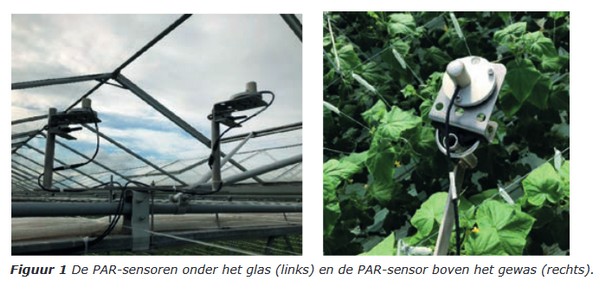
Greenhouse diffuse reflective glass is no longer questioned? Researchers provide comparative methods
Researchers have developed a method to compare the performance of growers using transparent and diffuse glass. In the future, this method can be used to analyze grower data in an anonymous and standardized manner.
Although diffuse reflective glass has been widely used, there are still some lingering questions. According to the researchers, glass changes not only the diffusivity (= hortiscatter), but also the light transmittance. In practice, these indicators cannot be monitored separately in the greenhouse because growers always have to deal with a combination of at least two factors. Therefore, the researchers carried out this study to develop a better understanding of light transmittance and diffusivity.
Scattered light
Five companies from more than 35 potential participants participated in the study. They owned a greenhouse with a diffuse glass roof and a greenhouse with a transparent roof. In this way, it is much easier to conduct comparative research. These companies grow cucumbers, tomatoes and cherry tomatoes. In addition, two strawberry growers also participated in the event, one using transparent glass and the other using transparent glass with double AR coating.

Par sensor under glass and above crop
Kg output increased by 8%
Research shows that growers need to get more numbers, not just light transmittance. Although this is a very relevant characteristic of greenhouse roofs, measuring the performance of the entire production system is better than simply observing the efficiency of crops using transmitted or applied light. Greenhouse glass with low transmittance usually leads to lower yields, because the rule of thumb - "1% more light increases about 1% yield" still applies to these crops. If the transmittance of diffuse reflective glass is reduced by 10%, even if the efficiency of crops using transmitted light is 6%, there will still be a loss of net yield.
Therefore, the researchers also studied the radiation utilization efficiency (RUE) to better understand the transmittance and diffusivity of light. Rue measures how much crops produce by absorbing per unit of available solar radiation. Research shows that Rue is 8% higher on average in diffuse glass greenhouse. In other words: compared with transparent greenhouses, the kilogram production of diffuse glass greenhouses has increased by 8% per megajoule of global radiation.
Prior to the study, many companies thought they had to heat more greenhouses under diffuse glass. However, the study showed that there was no difference in energy consumption between diffuse greenhouse and transparent greenhouse for all participating crops. The energy efficiency of diffuse greenhouse is 12% higher than that of transparent greenhouse on average.
Tags:anti-reflective glass diffuse glass agricultural greenhouses glass greenhouse venlo greenhouse AR glass greenhouses glass agricultural glass horticultural glass #greenhouseglass #Antireflectiveglass #Diffusetemperedglass #Ultrawhitefloatglass #agriculturalgreenhouseglass #diffuseglass #horticulturalglass #Tomatogreenhouse #Coloredpeppergreenhouse #Lettucegreenhouse #Agriculturalgreenhouse #ARglass #venlogreenhouse #greenhouseglass #Antireflectiveglass #Diffusetemperedglass #Ultrawhitefloatglass #agriculturalgreenhouseglass #diffuseglass #horticulturalglass #Tomatogreenhouse #Coloredpeppergreenhouse #Lettucegreenhouse #Agriculturalgreenhouse #ARglass #venlogreenhouse #GlassManufacturer #invernadero #ArchitecturalGlass #ClearFloatGlass #FloatGlass
Previous:Analysis on Influencing Factors of greenhouse glass price
Next:Final report Diffuse glass: methodology to compare practical data



















